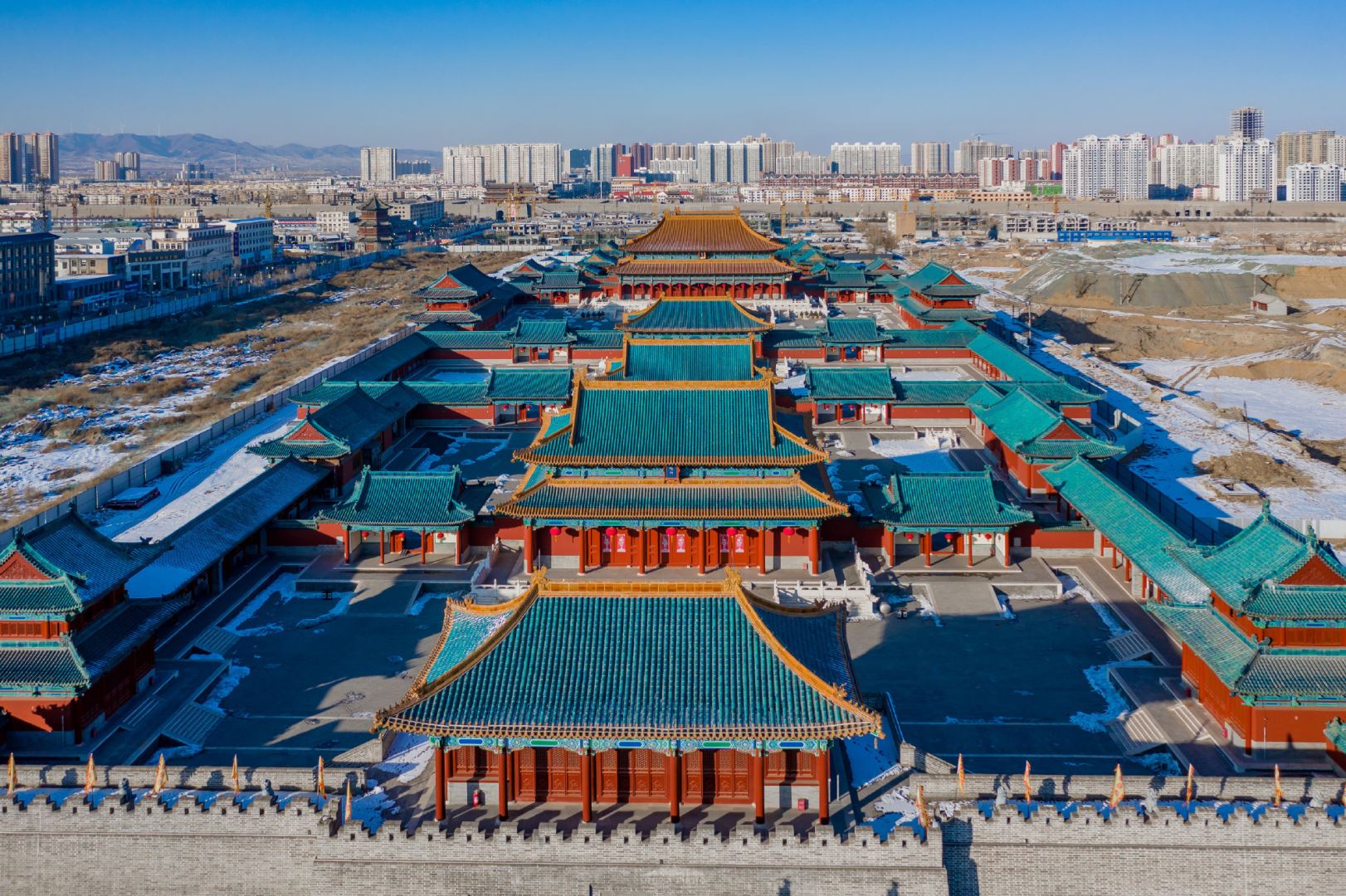- Call Us :+86 13663796880
- Email :nicole@sfrooftile.com
- Working hours :24 hours a day
- Language :Chinese
Nicole Zhang
+86 13663796880
+86-379-63262958
nicole@sfrooftile.com
As a brilliant treasure of human civilization, ancient Chinese architecture carries rich historical memories and profound cultural heritage. In many ancient buildings, wood is often widely used. However, due to its natural characteristics, wood is easily damaged by insects and decay. In order to preserve these precious buildings for a long time, ancient craftsmen developed a series of effective anti-insect and anti-corrosion technologies with their rich practical experience and wisdom.
Ancient insect-proof and antiseptic materials
(I) Tung Oil
Tung oil, a natural oil from tung tree seeds, is one of the important materials for insect and corrosion prevention in ancient times. It has excellent waterproof, moisture-proof and insect-proof properties. Tung oil molecules can penetrate deep into the wood fibers, forming a dense protective film that effectively blocks the intrusion of moisture and air, thereby cutting off the environmental conditions required for the survival of pests and fungi. Ancient craftsmen skillfully applied tung oil evenly on the surface of wood. This simple and effective measure provided long-term and reliable protection for wood.
(II) Lime
Lime, due to its strong alkalinity, became a powerful helper for wood anti-insect and anti-corrosion in ancient times. Craftsmen mixed lime with water to form lime slurry, and then applied it to the wood. The high alkalinity of lime can change the pH of the wood, creating an environment that is not conducive to the hatching of insect eggs and the growth of fungi. At the same time, the hard coating formed by the lime slurry after drying can also block the erosion of pests to a certain extent.
(III) Realgar and orpiment
Regargar and orpiment, two arsenic-containing minerals, became special materials for insect prevention and anti-corrosion in ancient times due to their toxicity. Mixing their powder into paint and applying it on the surface of wood can effectively repel pests. Although realgar and orpiment have certain toxicity, they played a unique role in protecting wood under the limited technical conditions in ancient times. However, due to its toxicity and potential environmental impact, this method is no longer widely used in modern building protection, but it is still an important part of ancient insect prevention and anti-corrosion technology.

Ancient anti-insect and anti-corrosion technology
(I) Drying treatment
Drying wood before use is one of the key steps to prevent insects and decay. Ancient craftsmen usually used a combination of natural drying and drying. During the drying process, craftsmen judged the dryness of the wood with their rich experience, such as by knocking on the wood to listen to the sound, observing the cracks on the surface of the wood, etc. Ensure that the moisture inside the wood is evenly distributed and the moisture content is reduced to about 10%-15%. After being fully dried, the wood is not only more solid, but also has a stronger resistance to insects and decay.
(II) Fumigation method
Fumigation is an ancient and unique method of preventing insects and decay. First, build a closed space and place the wood inside. Then, light specific wood or plants under the space to produce thick smoke. Continue fumigation for several days, during which time you must pay attention to controlling the fire and smoke volume to ensure that the smoke evenly penetrates into the wood. Fumigation of wood can kill pests and eggs hidden inside the wood. At the same time, the carbonized layer formed on the surface of the wood during the fumigation process has a certain waterproof and anti-corrosion ability.